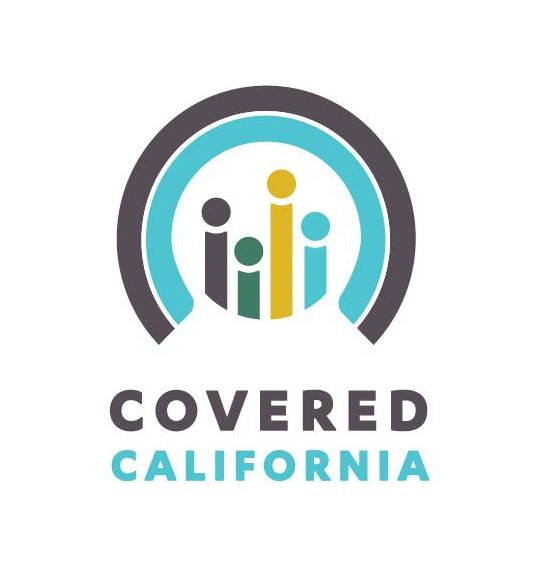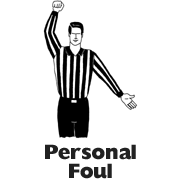State Health Insurance Exchange: “Covered California”
As you know, state health insurance exchanges were a large part of healthcare reform (PPACA). Each individual state was required by the law to set up these new exchanges, and have them ready for enrollment by October 1st, 2013. Some states have elected not to set up an exchange (deferring administration to the federal government). Other states have set up a joint state/federal partnership to operate their exchange.
California has continued along the path to setting up a state-only administered exchange (ie: no help from the federal government, except for funding). The state has taken a more aggressive approach to setting up their exchange, and further information is continuing to roll out. The California state health insurance exchange is called “Covered California.”

Covered California is anticipated to be the largest insurance exchange in the country. Here are some general questions and answers about the exchange:
Question: How can Covered California help me find affordable insurance?
Answer: Covered California is an online marketplace where you will able to shop for and compare health insurance coverages. If you can’t afford health insurance, and are unable to obtain it through employer, individual or other government programs, the exchange will be something you may want to look at.
Question: How can I participate in the Covered California exchange?
Answer: Eligible individuals will be able to enroll in the exchange plans online, over the phone, or in person.
Question: Can Policy Advantage Insurance Services help me enroll in the exchange?
Answer: Yes. Policy Advantage Insurance Services, and any other “exchange certified” agents/brokers can help you with your questions and enrollment in the Covered California exchange. The exchange has not rolled-out further information about “exchange certification” yet, but we (Policy Advantage Insurance Services) will be getting certified.
Question: How much will my premiums cost at Covered California?
Answer: Depending on your income bracket (400% of FPL or less), you may received a subsidy from the exchange. Covered California has provided a premium estimation calculator here.
Question: Who will receive subsidies from the Covered California exchange?
Answer: California was one of the states that expanded Medicaid eligibility to 138% of FPL. So, individuals who make between 138% and 400% of the federal poverty level (FPL) should be eligible for subsidies. If you make less that 138% of FPL, you will be eligible for Medicaid in California.
Question: When can I enroll in the Covered California exchange?
Answer: Enrollment is set to begin on October 1st, 2013, and coverage begins on January 1st, 2014.
Question: What types of plans will be available in the Covered California exchange?
Answer: Plans inside of the exchange must contain the same benefits as those outside of the exchange (plans that are being offered within the exchange are private plans that are funded by the federal government). They are essentially identical to those that will be found outside of the exchange. Here are the levels of coverage:
- Platinum (90% paid by health plan, 10% paid by plan member)
- Gold (80% paid by health plan, 20% paid by plan member)
- Silver (70% paid by health plan, 30% paid by plan member)
- Bronze (60% paid by health plan, 40% paid by plan member)
That’s all for now about the Covered California state health insurance exchange. If you have questions, please feel free to contact us at anytime. As soon as further information is available, we’ll be getting “exchange certified” and helping our clients and potential clients enroll starting on October 1st, 2013. The Covered California website is: www.coveredca.com.
Thanks for stopping by, we hope you found our information to be valuable. Check back at our blog to get further information about funding healthcare. Also, please share with your friends, clients, colleagues, and family. Here are a few of our other information outlets:
Home Page: https://policyadvantage.com
Twitter: http://www.twitter.com/policyadvantage
Facebook: http://www.facebook.com/policyadvantage
YouTube: http://www.youtube.com/policyadvantage
Pinterest: http://www.pinterest.com/policyadvantage
Word Press (you are here): http://www.policyadvantage.wordpress.com

